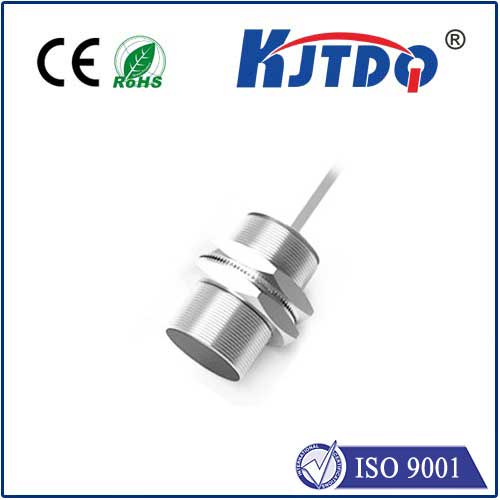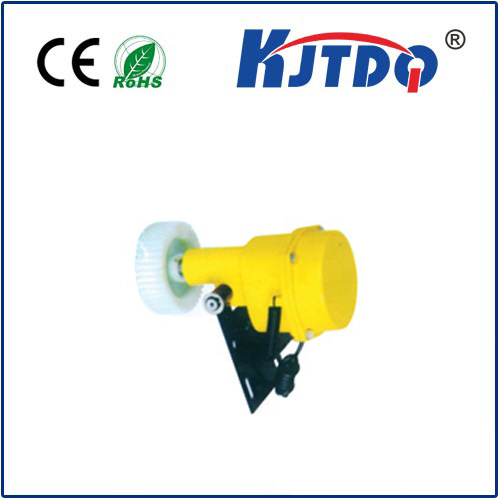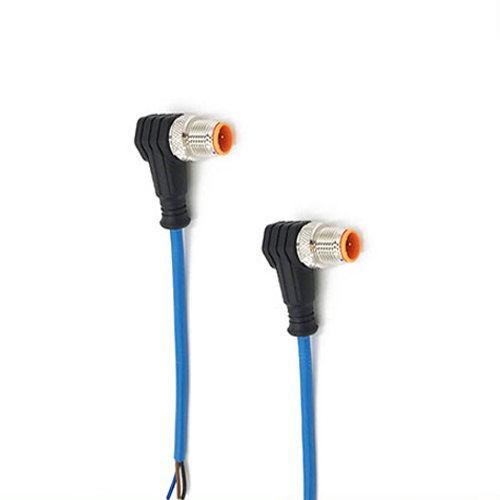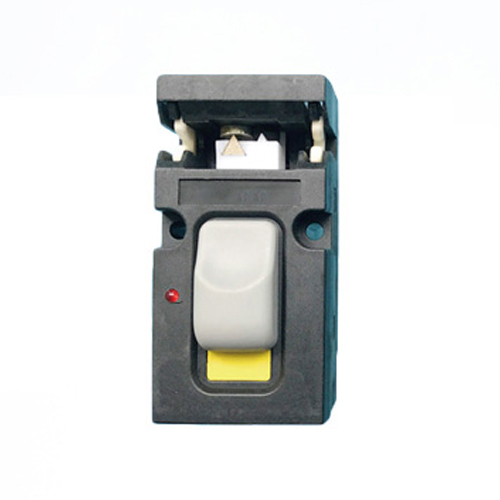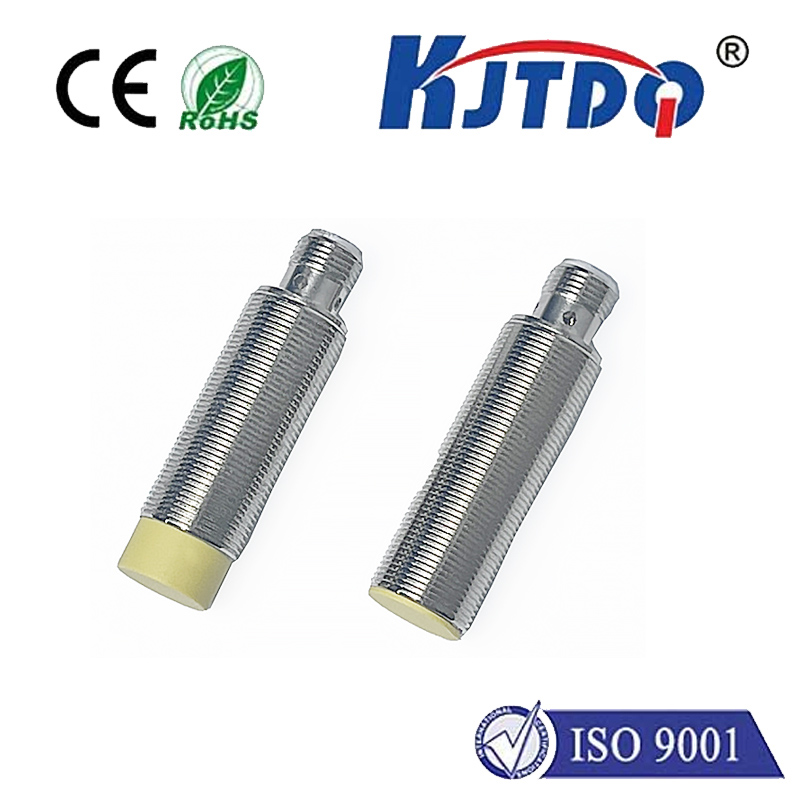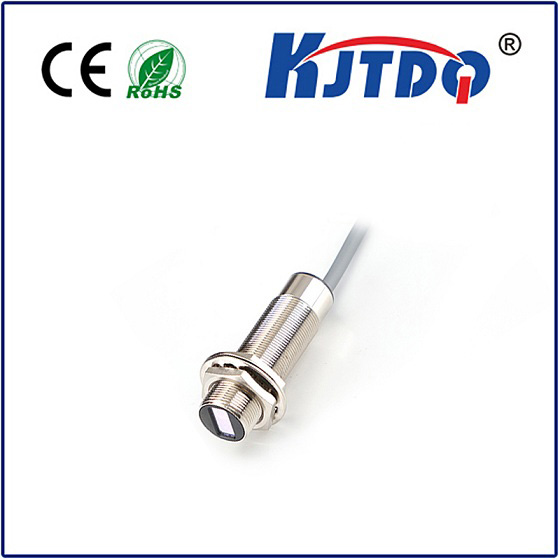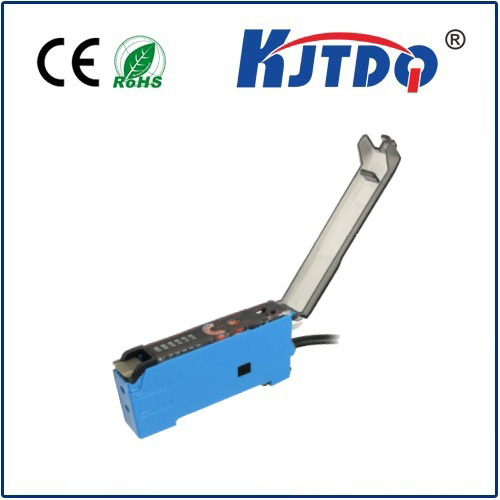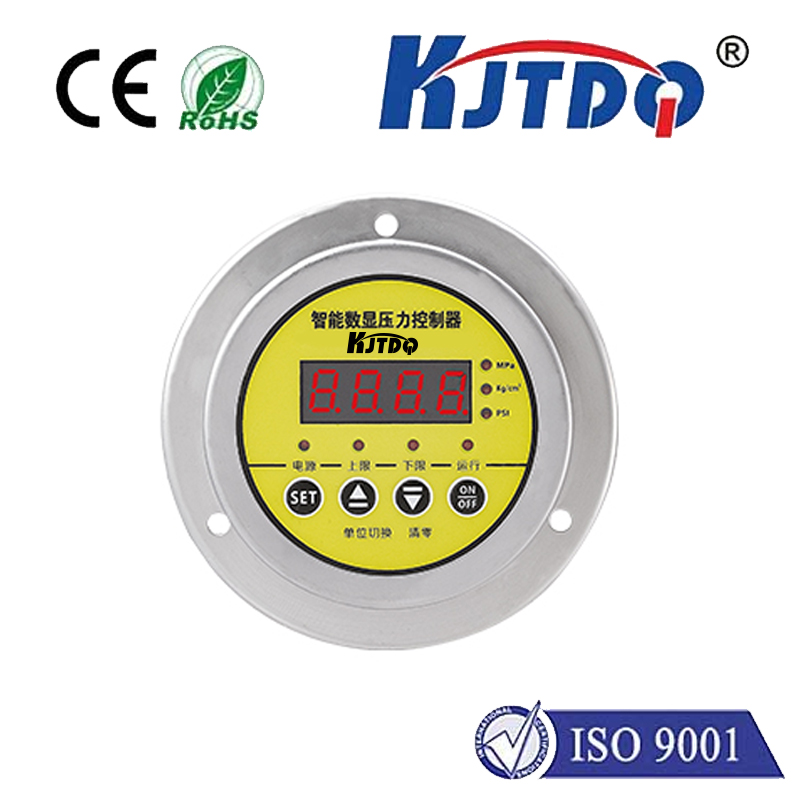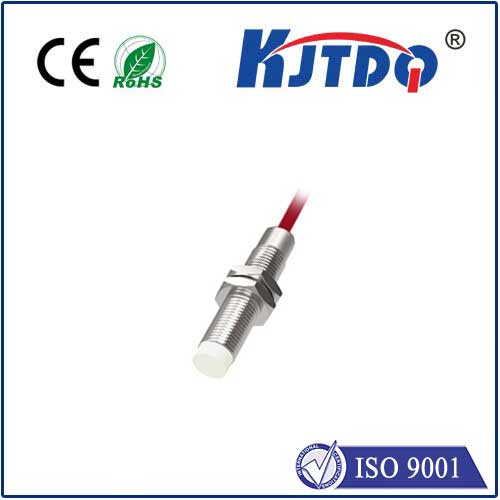inductive proximity sensor 12mm
- time:2025-09-08 11:03:03
- Click:0
The Ultimate Guide to 12mm Inductive Proximity Sensors
In the heart of a humming automotive assembly line, a robotic arm snatches a metal component with uncanny precision. What silently informs its exact positioning? Or within a high-speed packaging machine, how does it flawlessly count metallic cans whizzing by? Often, the unsung hero enabling this reliable, non-contact detection is the remarkably versatile 12mm inductive proximity sensor. These compact workhorses are fundamental building blocks in industrial automation, offering robust metal detection in a size that balances sensing range with versatility.
Understanding the Inductive Principle
At its core, an inductive proximity sensor operates on electromagnetic principles. It contains a coil energized by an oscillator, generating a high-frequency electromagnetic field at its active face. When a ferrous (iron-based) or non-ferrous (like aluminum, brass, or copper) metal target enters this field, eddy currents are induced within the target. These eddy currents draw energy from the sensor’s coil, causing a measurable change in the oscillation’s amplitude. An internal circuit detects this damping effect and triggers a solid-state switch (usually NPN or PNP transistor output), signaling the presence of the target – all without any physical contact.

Why the 12mm Diameter is a Sweet Spot
Inductive sensors come in various standardized cylindrical housing diameters, with 12mm proving exceptionally popular for numerous applications. Its popularity stems from an optimal blend of key characteristics:
- Sensing Range (Sn): A typical 12mm inductive sensor offers a nominal sensing range of 4mm for steel targets. This range provides sufficient working distance for many common tasks like detecting pistons in cylinders, verifying part presence on conveyors, or monitoring cam positions. While larger sensors (e.g., 18mm, 30mm) offer longer ranges, they take up more space. Smaller sensors (e.g., 4mm, 8mm) have significantly shorter ranges, limiting their applicability.
- Physical Size & Mounting: The 12mm diameter presents a compact footprint, making it ideal for installations where space is constrained. Crucially, it perfectly fits M12 threaded barrels, a globally standardized industrial mounting solution. This allows for easy installation into pre-drilled holes or mounting brackets using readily available M12 locknuts, ensuring secure and robust placement even in high-vibration environments. Flush or non-flush mounting options further enhance flexibility.
- Robustness & Protection: Engineered for demanding industrial floors, the vast majority of 12mm inductive sensors boast an IP67 or higher ingress protection rating. This signifies immunity to dust ingress and the ability to withstand temporary immersion in water (up to 1m for 30 minutes). Many variants also feature high resistance to common industrial chemicals, oils, and coolants.
- Performance & Cost: The 12mm size offers a compelling performance-to-cost ratio. It delivers reliable detection capabilities suitable for a wide array of tasks at a price point that makes mass deployment economically feasible.
Key Specifications and Features
Choosing the right 12mm inductive proximity sensor requires considering several specifications beyond just the nominal sensing range:
- Target Material: Crucially, the sensing distance (Sn) varies significantly depending on the target metal. While standardized for mild steel (Fe360), it reduces for stainless steel (approx. 0.8 x Sn) and further for non-ferrous metals like copper (approx. 0.4 x Sn) or aluminum (approx. 0.3 x Sn). Sensor datasheets always provide correction factors.
- Output Configuration: Available with NO (Normally Open) or NC (Normally Closed) switching logic, and in 3-wire DC versions with NPN or PNP transistor outputs. The choice depends on the control system’s input requirements (sinking/sourcing). Some models also offer analog current (4-20mA) or voltage (0-10V) outputs for distance measurement.
- Switching Frequency: This indicates how quickly the sensor can detect objects moving past it, typically expressed in Hertz (Hz). A 12mm sensor might offer frequencies ranging from 100 Hz for longer-range variants up to 1,500 Hz or higher for specialized models, suitable for high-speed applications.
- Operating Voltage: Commonly designed for 10-30V DC operation, compatible with standard industrial control voltages.
- Temperature Range: Wide operating temperature ranges (e.g., -25°C to +70°C or wider) ensure reliable performance in challenging factory environments.
- Electrical Connection: Options include integral PVC or PUR cables (various lengths and ratings) or quick-disconnect M12 connectors (typically 3-pin or 4-pin coding like A-coded), facilitating easy installation and maintenance.
Installation Best Practices
Proper installation is critical for optimal sensor performance and longevity:
- Follow Mounting Instructions: Pay close attention to flush vs. non-flush mounting specifications. Flush-mountable sensors can be recessed in metal, while non-flush types require specific clearance around the sensing face.
- Respect Sensing Distances: Mount the sensor ensuring the target reliably enters within the effective sensing range (considering material correction factors). Remember the nominal sensing range (Sn) is not the installation distance; a safety factor (often 70-80% of Sn) is recommended.
- Avoid Metal Interference: Ensure sufficient clearance between adjacent sensors and avoid metallic structures near the sensing face to prevent false triggering (shielding).
- Secure Wiring: Use strain relief on cable entries and ensure proper termination to prevent wire breakage or short circuits. M12 connectors provide excellent strain relief.
- Check Environment: Ensure the sensor’s IP rating and material compatibility are suitable for its operating environment (e.g., washdown areas, welding zones).
Diverse Industrial Applications
The 12mm inductive proximity sensor finds applications across nearly every manufacturing and processing sector:
- Automotive: End-of-stroke detection on cylinders, part presence on conveyors, position verification in robotic welding cells, gear tooth counting. Their robustness withstands vibration and contaminants common here.
- Packaging & Bottling: Detecting metal containers, cans, caps, or foil seals; verifying position of filling heads; counting products on high-speed lines. Non-contact detection prevents product damage.
- Material Handling: Monitoring conveyor belt roller rotation (using metal targets) for jams, verifying pallet presence, detecting trolley positions. IP67 rating protects against dust and spills.
- Machine Tooling: Tool changer position verification, chuck clamping detection, coolant level monitoring (using float magnets), spindle speed monitoring. High vibration resistance is key.
- Assembly Automation: Precision part positioning verification, detecting the presence of metal components before assembly steps, end-of-arm tooling feedback on robots. The compact M12 size fits easily into machinery.
- General Machinery: Speed sensing on rotating shafts (using gear teeth or keyways), limit switching without mechanical wear, monitoring valve positions.
Conclusion
The ubiquity of the 12mm inductive proximity sensor is no accident. Its standardized M12 size, robust IP67 construction, reliable non-contact metal detection within an effective 4mm range, and cost-effectiveness make it an indispensable component in modern industrial automation. Whether ensuring precision on an assembly robot, guaranteeing product quality on a bottling line, or preventing downtime on a conveyor system, the 12mm inductive sensor delivers silent, dependable performance, proving that sometimes, the most critical components come in perfectly engineered, compact packages. Understanding its capabilities and limitations allows engineers and technicians to leverage its strengths effectively across






